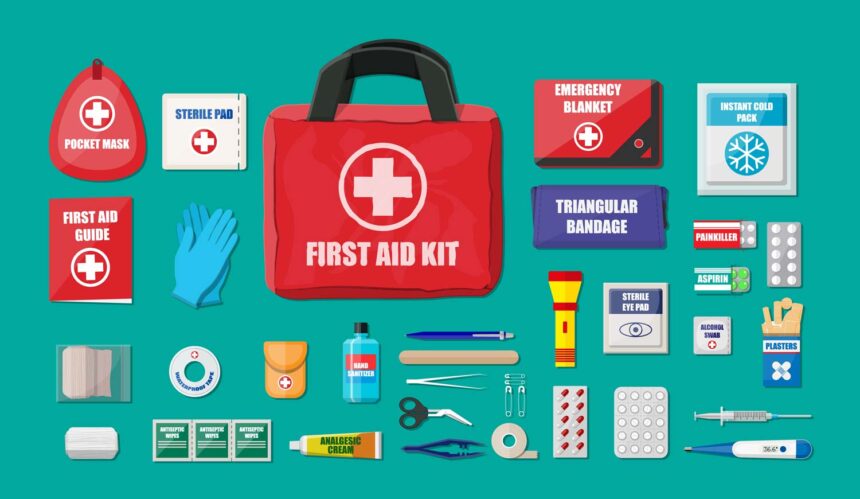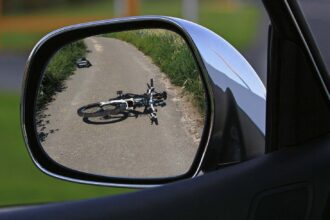The chance of a natural disaster or a pandemic is high and growing. When the worst happens, how are your supplies and planning keeping you strong, healthy, and safe?
An emergency preparedness list is something to work on throughout the year. Take time to think, research, and plan to create your list. Complete it by storing and testing every item, then keep it close at hand and up to date.
Read on to learn how to create a beneficial and less stressful emergency preparedness list.
Collect Essential Survival Supplies
When creating an emergency preparedness list, it’s important to include essential supplies for survival. Start by stocking up on an ample amount of water. Ideally, having one gallon per person daily for three days is recommended.
Having non-perishable foods, like canned goods and energy bars, is also essential. Be sure to have a first-aid kit, including:
- bandages
- antiseptic wipes
- painkillers
It would be best to have flashlights, extra batteries, a fire extinguisher, and blankets in an emergency. Finally, you should have copies of essential documents like birth certificates and insurance cards in a safe place. All these items will make you more prepared in an emergency.
Create a Communication Plan
This is essential to keep your family members in the loop regarding evacuation locations, monitoring news sources, and vital contact information. Include contact information such as cellphone numbers and email. Additionally, you may want to include information regarding each family member’s medical history and any allergies they may have.
Any extra medication may be needed, identification, and other essential documents. That includes insurance and bank information. Additionally, make sure to keep the contact information for medical professionals.
Make sure to have backup plans in place, such as alternative means of communication if the primary method is unavailable. These plans should be accessible and accounts updated regularly. To ensure communication in case an emergency communication situation comes, consider this bkr5000 portable radio linked here.
Additionally, make sure to include any essential governmental agencies in your plan. Discuss with family members to determine the best plan of action when an emergency arises while considering the needs of everyone involved. This includes understanding and recognizing physical or mental disabilities, elderly parents, and possible childcare and pet care needs.
Lastly, consider what sort of communication will work best depending on the situation, such as phone calls, texts, emails, or social media. This communication plan can then be followed if and when an emergency arises.
Establish an Evacuation Route
Ensure the route takes you to a specified safe house or refuge in case of a natural or artificial disaster. Planning will help ensure your loved ones are safe in an emergency.
Before an evacuation is necessary, take the time to plan and practice a route to get away in the event of an emergency. Look up two or three ways that could be used. Identify areas to avoid, and remember the shortest route is not always the best.
To avoid congestion, consider mapping out a route through back roads, remote forests, and low-populated neighborhoods. Additionally, consider the weather, such as flooding on the typical streets. Be sure to communicate your plan with family members and practice it together.
All family members should know the plan and what to do in different scenarios. Finally, keep your supplies organized so that when the time comes for evacuation, you can grab them quickly and know where everything is. Ensure you’re familiar with what items are being taken and that all those items are accounted for when evacuating.
Prepare a Disaster Recovery Plan
A complete emergency preparedness list is essential for a proper disaster recovery plan. Begin by listing potential emergencies. Develop a plan for each emergency and list the resources necessary for each project.
Create a detailed list of essential items such as food, water, medicine, blankets, and communication device. Research local resources and include contact numbers and addresses. Have a plan for evacuating family members. Develop a plan of action for each emergency.
Create a system for storing important documents, such as insurance and financial records. Outline a plan for how family members will communicate if a disaster strikes.
Additionally, consider gathering supplies for first responders. Keep the emergency preparedness list in an easy-to-access location and review it periodically.
Set Up an Emergency Budget
Setting up an emergency budget is critical to being prepared for an emergency. Before creating a budget, you must compile a list of the items you need that you may need to purchase in a crisis. To make a practical list, you should include the items you use regularly and those required for an emergency.
Creating an emergency preparedness list is crucial in establishing an emergency budget. It would be best to begin by accounting for your current income sources and determining how much you can save each month. This includes setting aside funds for unexpected expenses and potentially creating a high-yield savings account.
Once you have a budget, prioritize items like food, water, and other necessities in case of a natural disaster. Consider adding medical kits, torches, blankets, and cash secured in a waterproof container as part of your list.
Prioritize Your Emergency Preparedness List
An emergency preparedness list can be essential in times of crisis. Consider the following tips to ensure one has the best list of supplies and information.
Create a list unique to one’s needs, have a plan and knowledge of local resources, and regularly review and update the list. Making a list can take time but offer immense peace of mind – create yours today!
Did this guide help you out? For more exciting and informative content, check out the rest of our website!









